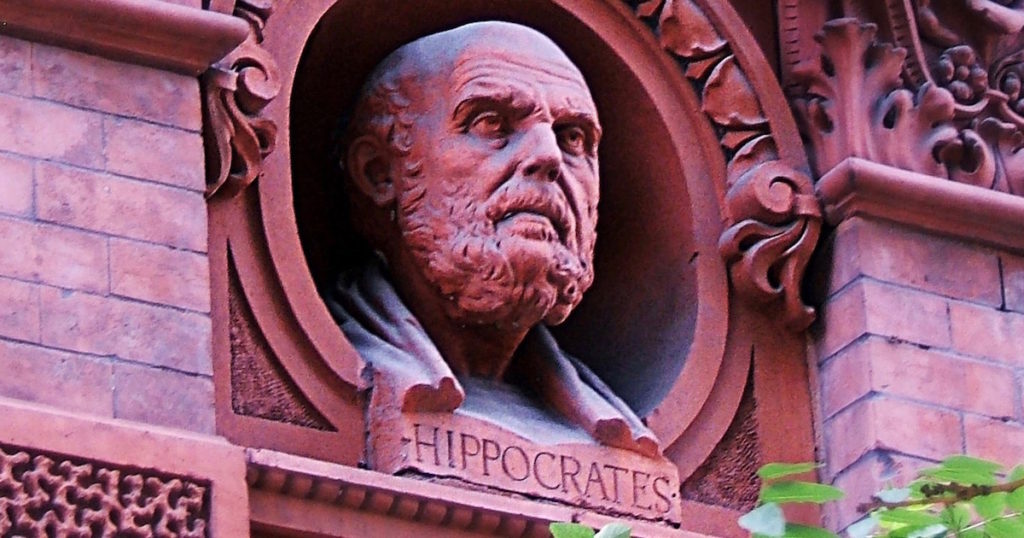 Evolution
Evolution
 Intelligent Design
Intelligent Design
Engineering Principles Explain Biological Systems Better than Evolutionary Theory

Editor’s note: We are delighted to present a series of excerpts from chapters in the recent book, Science and Faith in Dialogue, edited by Frederik van Niekerk and Nico Vorster. You can download a full copy of the book for free by going here.
Since antiquity, scholars have debated whether the appearance of design in life was the product of a transcendent mind or undirected natural processes. The latter view rose to dominance after the scientific community largely embraced Darwin’s theory of natural selection. In the last few decades, the hegemony of the standard model for evolution has started to wane. Recent discoveries have forced biologists to replace evolutionary assumptions with design-based assumptions, language, and methods of investigation. This trend is to a large extent driven by the observation that the same engineering motifs and patterns employed in human creations are pervasive in living systems. What is becoming increasingly clear is that engineering principles far better explain nearly every aspect of life than does evolutionary theory. This conclusion perfectly coincides with the central Christian doctrine that life was designed by God and not an unintended accident of nature.
Introducing the Atomists
Since ancient times, scholars have debated whether everything in the world was simply the product of natural processes or derived from the plans of a supreme intellect (Lloyd 1970). The ancient form of the former philosophy is termed atomism. Its adherents believed that matter was composed of indivisible “atoms” that interact according to various rules. The interactions of the atoms, chance, and time resulted in everything observed in our world. The modern form of this philosophical tradition is termed scientific materialism.
The atomists developed evolutionary theories to explain the appearance of design in life. These theories seem eerily familiar to modern ears. The Greek physician Hippocrates proposed in the late 5th or early 4th century BC a model for heredity and adaptation that Charles Darwin described as nearly identical to his own (Tsiompanou & Marketos 2013). And the poet Lucretius developed in the 1st century BC an evolutionary framework based on a primitive form of natural selection (Campbell 2004). Lucretius’ agenda was to remove teleology (aka design) and by extension the influence of any deity from the world.
In stark contrast, philosophers such as Plato and Aristotle rejected the claim that matter had in itself the capacity to self-organize into living creatures. Instead, they believed that a transcendent mind envisioned the architectural plan or design logic of every distinct creature. And the design plan detailed how the matter would be arranged in a creature’s final form. That form would never have occurred without external direction.
Some scholars have argued that Aristotle’s views are more compatible with scientific materialism than with ID (Feser 2019). But such claims result from a misreading of Aristotle’s writings (Bos 2003, 2018; Gerson 2005; Henry 2019). He, like Plato, would have aligned himself with modern design proponents far more than with scientific materialists.
Modern Intelligent Design Theory
The arguments the ancient philosophers employed to defend their conclusion of design in life (Archer-Hind 1888; Aristotle 2010) resemble those promoted by proponents of design today. And the atomists’ justification for ignoring the evidence for design resembles arguments by modern scientific materialists (Sedley 2008). This conflict was reflected in the opening chapter of the Apostle Paul’s letter to the Romans where he described how the clear evidence for God’s “eternal power” is “understood by the things that are made” (Keener 2009). The apostle would have seen the design-evolution debate today as a continuation of the same conflict that raged in the 1st century.
Darwin developed the modern version of the evolutionary theory, and he, like his ancient predecessors, argued that evolutionary processes could mimic the creative power of an intelligent agent in generating biological features of any level of complexity and ingenuity. More specifically, natural selection could act as a designer substitute empowering the environment to act as a creative agent, thus removing the need for a creator. Such reasoning allowed evolutionists simply to dismiss any evidence for design, no matter how conclusive, as merely an artifact of a blind, undirected process that did not have any end goal in mind.
A Return to Atomism
Francisco Ayala, a former president of the American Association for the Advancement of Science, described Darwin’s achievement of returning the atomist philosophical tradition to dominance (Ayala 2007) in the clearest of possible terms:
Darwin’s greatest contribution to science is that he completed the Copernican Revolution by drawing out for biology the notion of nature as a system of matter in motion governed by natural laws. With Darwin’s discovery of natural selection, the origin and adaptations of organisms were brought into the realm of science. The adaptive features of organisms could now be explained, like the phenomena of the inanimate world, as the result of natural processes, without recourse to an intelligent designer.
Over the next century, biologists combined Darwin’s theory with genetics and population genetics to form neo-Darwinism, also known as the Modern Synthesis. In the following decades, the theory was widely accepted to explain away all the evidence for design in life as mere illusion. This belief, however, is becoming increasingly untenable in light of developments in the biological sciences over the past several decades.
Read the rest by downloading a free copy of Science and Faith in Dialogue here.
